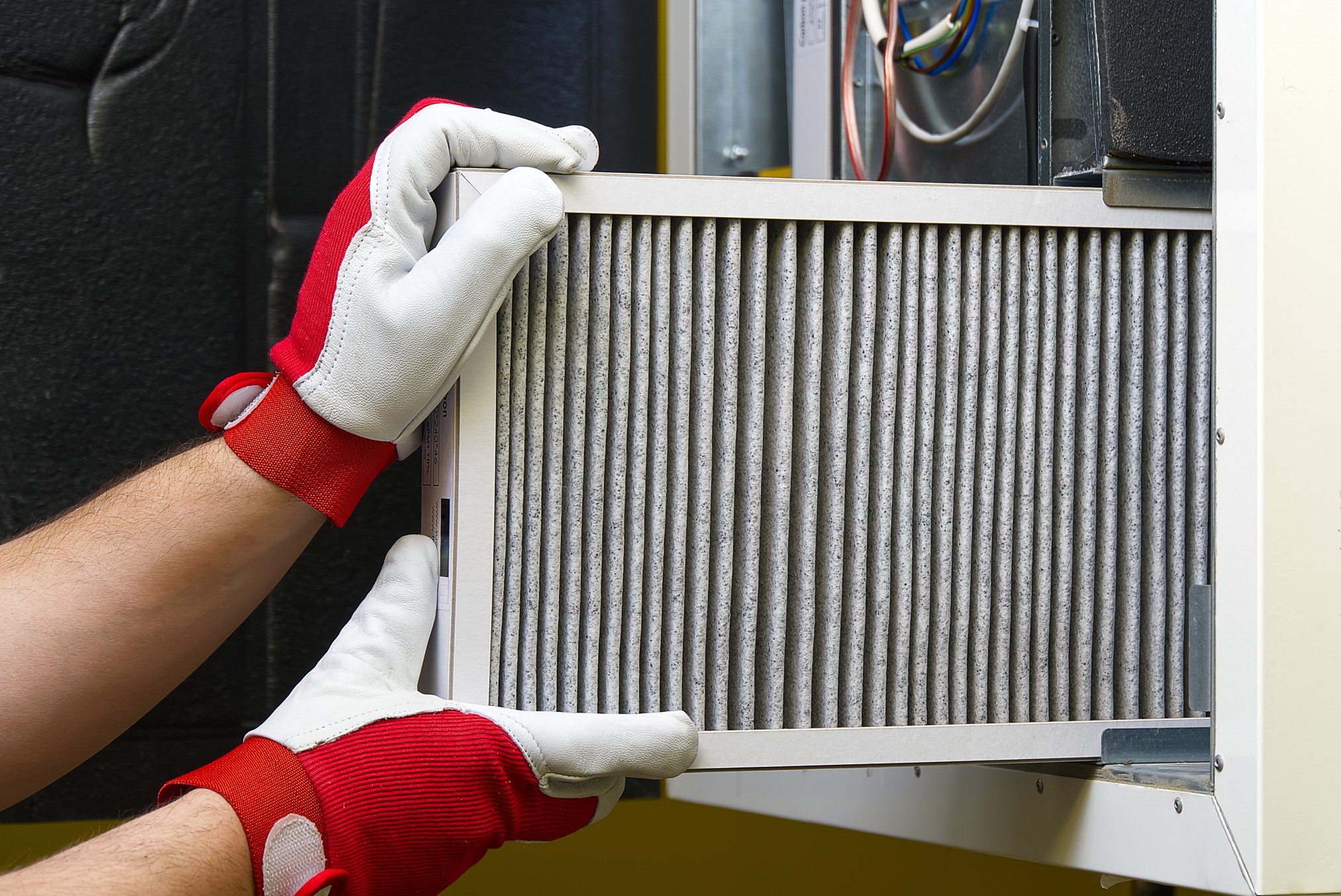10 Common Home Furnace Problems and How to Fix Them

Local homeowners know—going through a winter with no heat is no fun! And, if a home’s furnace isn’t working as it should, that’s just what will happen. Thankfully, most issues can be resolved with a bit of effort. Here, the experts will list the most common heating system issues and offer some tips on how to fix them.
The Thermostat is Off
Much as one would check to see if a non-working appliance is plugged in, a homeowner’s first step should be to ensure that the thermostat is turned on. Surprisingly, a switched-off thermostat is the reason behind many calls for service. Homeowners can easily replace batteries, remove debris, check circuit breakers, and verify thermostat settings themselves—but if none of that works, it’s best to call a pro.
A Clogged Air Filter
Changing the furnace’s filter is a simple, yet frequently overlooked job. Regular filter changes protect system components and improve airflow quality. When air filters are clogged, though, air handlers must work harder to compensate for the diminished circulation of air. Not only will this increase utility bills, but it will also overwork the heat exchanger and cause it to shut off early. Check the air filter and replace it when needed.
Dirty Burners
If the burner flames are even and blue, the burners are probably clean. However, if the flames are yellow, there may be a problem that requires immediate attention. Thankfully, it’s easy to clean the burners—but be sure that the power and fuel are turned off before starting.
Built-Up Clutter
This is another seemingly obvious tip, but many homeowners forget about it. The areas around furnaces often turn into storage spaces, but that’s not always the best strategy. Clearing away the clutter, especially things that are flammable, will help a furnace function more effectively while reducing the risk of a house fire. Don’t forget to dust and vacuum around the furnace regularly, because build-up will clog the air filter.
Blocked Air Vents
Similarly, don’t forget to check the house’s air vents to ensure that they’re open and unobstructed. It’s a good idea to leave 18 inches of space between vents and furniture for effective airflow; even things as lightweight as curtains can obstruct the flow of heat. Making minor adjustments will help the home’s heating system do its job.
Noisy Systems
Loud noises aren’t normal and may indicate various problems. For instance, rattling sounds may mean loose parts, while squealing noises may indicate a slipping or broken fan belt. These tasks are best left to heating system service technicians.
Poor Maintenance
Furnace maintenance is at the root of many heating system issues. For the longevity and health of the system, regular tune-ups are essential. Follow the manufacturer’s recommendations and have the system inspected regularly to prevent small repairs from becoming catastrophic issues.
When to Call an Expert
While furnaces can last for decades, they won’t run forever. If a system is past its prime, it just won’t offer as much heat and efficiency as it should. With help from a local heating system expert, homeowners can determine whether repair or replacement is the best option.








